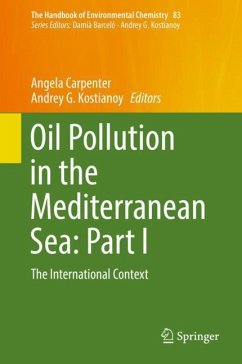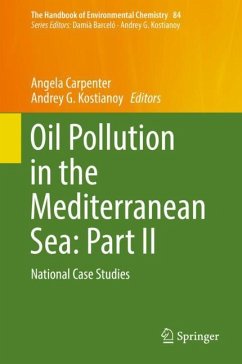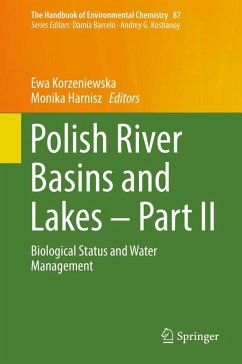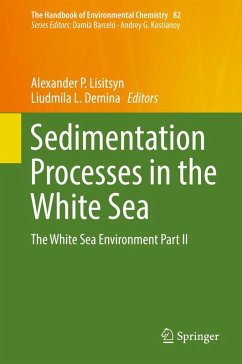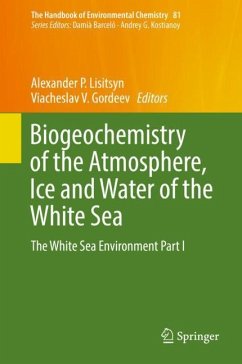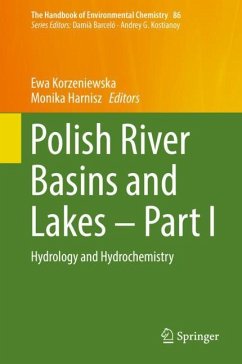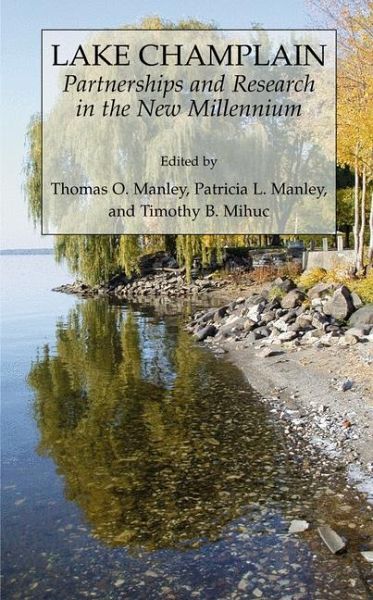
Lake Champlain: Partnerships and Research in the New Millennium

PAYBACK Punkte
58 °P sammeln!
This monograph presents the proceedings of the 2002 Spring Symposium sponsored by the Lake Champlain Research Consortium, hosted by the Missisquoi Bay Watershed Corporation. The book examines this common body of water shared by Canada and the US, and summarizes knowledge of the dynamics of this system with a primary focus on land use, water management, and bridging the gap between researchers and the public.








